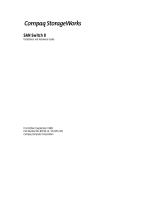-
Hello! I've analyzed the provided document, which is a white paper detailing a configurable BISR chain repair system for faster memory repair data loading. The document explains the system design, its advantages over existing methods, and presents experimental results. I'm ready to answer any questions you have about the described system.
-
What is the main problem this system aims to solve?
How does this system achieve faster repair data loading?
What is the purpose of the segment selection circuit (SSC)?
What does the term 'BISR' stand for?



















